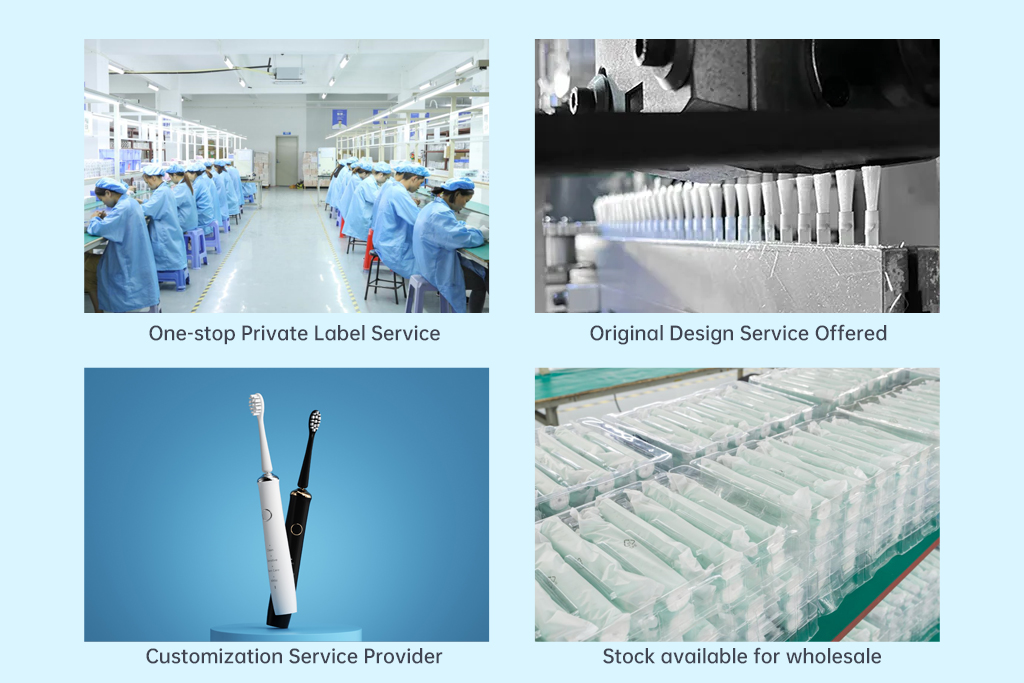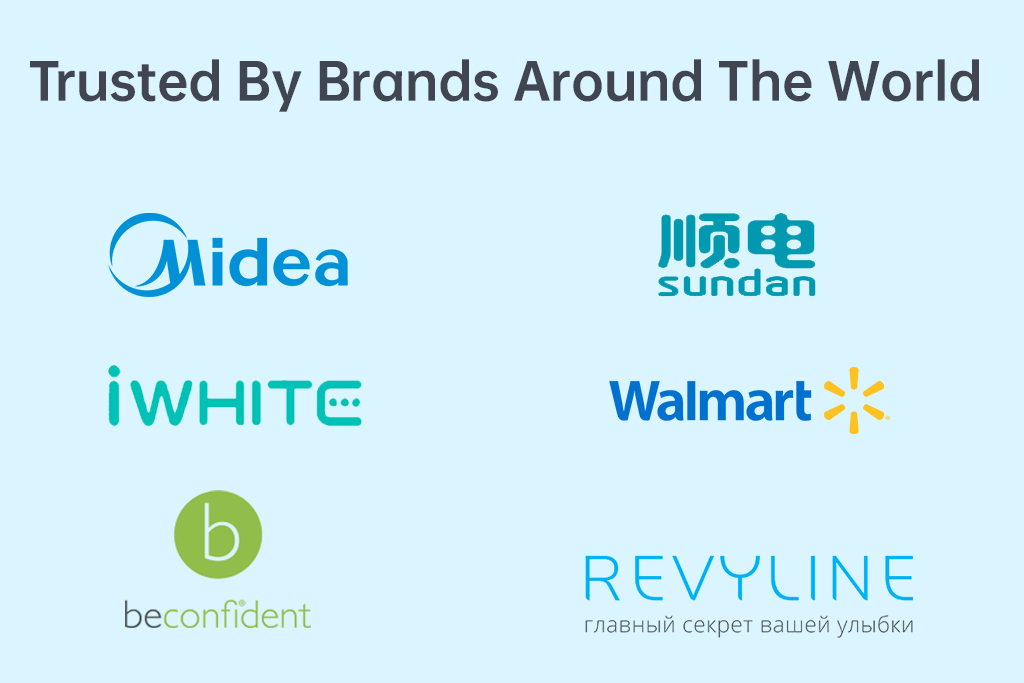In modern personal care and dental devices, battery degradation and LED dimming are two frequently encountered yet underestimated issues that affect both performance and user satisfaction. Over time, as the battery’s health declines, it directly contributes to LED brightness reduction, which can undermine whitening effectiveness, operation visibility, or aesthetic appeal. But is this process truly unavoidable—or can manufacturers design products that resist this twin challenge?
The relationship between battery degradation and LED dimming is rooted in power delivery. As batteries age—due to charge cycles, temperature exposure, and material fatigue—their internal resistance increases, reducing their ability to deliver consistent voltage and current. For LEDs, which rely on stable power input to maintain brightness, this fluctuation results in visible dimming.
In oral care devices such as whitening trays or LED-based toothbrushes, this reduced light output can compromise treatment efficacy or user confidence in the device’s performance.
LED dimming triggered by battery degradation is not merely a cosmetic flaw. It has deeper implications:
For OEM and ODM suppliers, overlooking this impact risks both market competitiveness and regulatory performance standards (such as ISO and CE certifications).Company web:https://www.powsmart.com/product/electric-toothbrush/
Several design decisions can accelerate or mitigate battery degradation, such as:
A poor combination of these factors results in faster degradation, inevitably causing LED dimming over product life.
.jpg)
Contrary to popular belief, LED dimming from battery degradation is not completely unavoidable. Manufacturers can slow this process significantly through:
With these measures, devices can maintain LED brightness far longer than standard models.
Forward-thinking manufacturers implement several strategies to address this issue:
Such practices allow B2B suppliers to offer products with longer-lasting brightness and performance stability.
Emerging technologies may help overcome the link between battery degradation and LED dimming, such as:
These solutions promise a future where LED performance remains consistent, even as battery health declines.
While battery degradation naturally contributes to LED dimming, this outcome is far from inevitable. For manufacturers committed to product excellence, the solution lies in superior design, high-quality materials, and cutting-edge technology adoption. By addressing these factors early in the development process, B2B suppliers can ensure longer-lasting, high-performance devices that keep both business clients and end-users satisfied. Contact us
.webp)
How Do Electric Toothbrush Market Trends Influence Electric Toothbrush Supplier Certification?

Find Oral Care Factories with Technological Barriers to Create Differentiated Products

Precautions During Use – Maximize the Effectiveness of the Home Teeth Whitening Device
.jpg)
Choosing Between a Sonic vs Oscillating Toothbrush Supplier?

The Advantages of Cooperating with Competitive Factories for the Growth and Expansion of Brand Owners
Enamel Transparency Plus Taste Loss – Permanent Damage?
.jpg)
Looking for Electric Toothbrush for Travel Wholesale as an Oral-B Electric Toothbrush Distributor?
.jpg)
Need an Electric Toothbrush Packaging Supplier with Integrated Electric Toothbrush Logistics Services?

The Core Benefits of Brand Owners Promoting Water Flossers and How to Meet Marketing Needs to Increase Sales
.jpg)
No-Mess Water Flosser Design: How Our Factory Solves Splashing for Your Brand

The Characteristics of the Target Audience for Home Teeth Whitening Devices

What Sets and Combinations of Oral Care Products Can Be Made to Promote Sales?

How to Compare Electric Toothbrush Suppliers When Selecting a Philips Sonicare Supplier Wholesale?
.jpg)
Water Flosser Price Factors & Supplier Screening: A Strategic Sourcing Guide
Brush Discoloration with Hydrogen Peroxide Burns – Safe to Ignore?
Tray Misalignment Worsening Jaw Pain – Solution Exists?

electric toothbrush heads Deep Clean

Private Label Whitening Gel

electric toothbrush heads Regular Clean

Customization Teeth Whitening Gel

Electric toothbrush heads Charcoal Infused-Diamond
.jpg)
Florida Electric Toothbrush – Powsmart PTR-C8

electric toothbrush heads Charcoal Infuse-Round

electric toothbrush heads Ultra Soft
whstapp
whstapp
National Toll-Free Service Hotline
+86 755 86238638